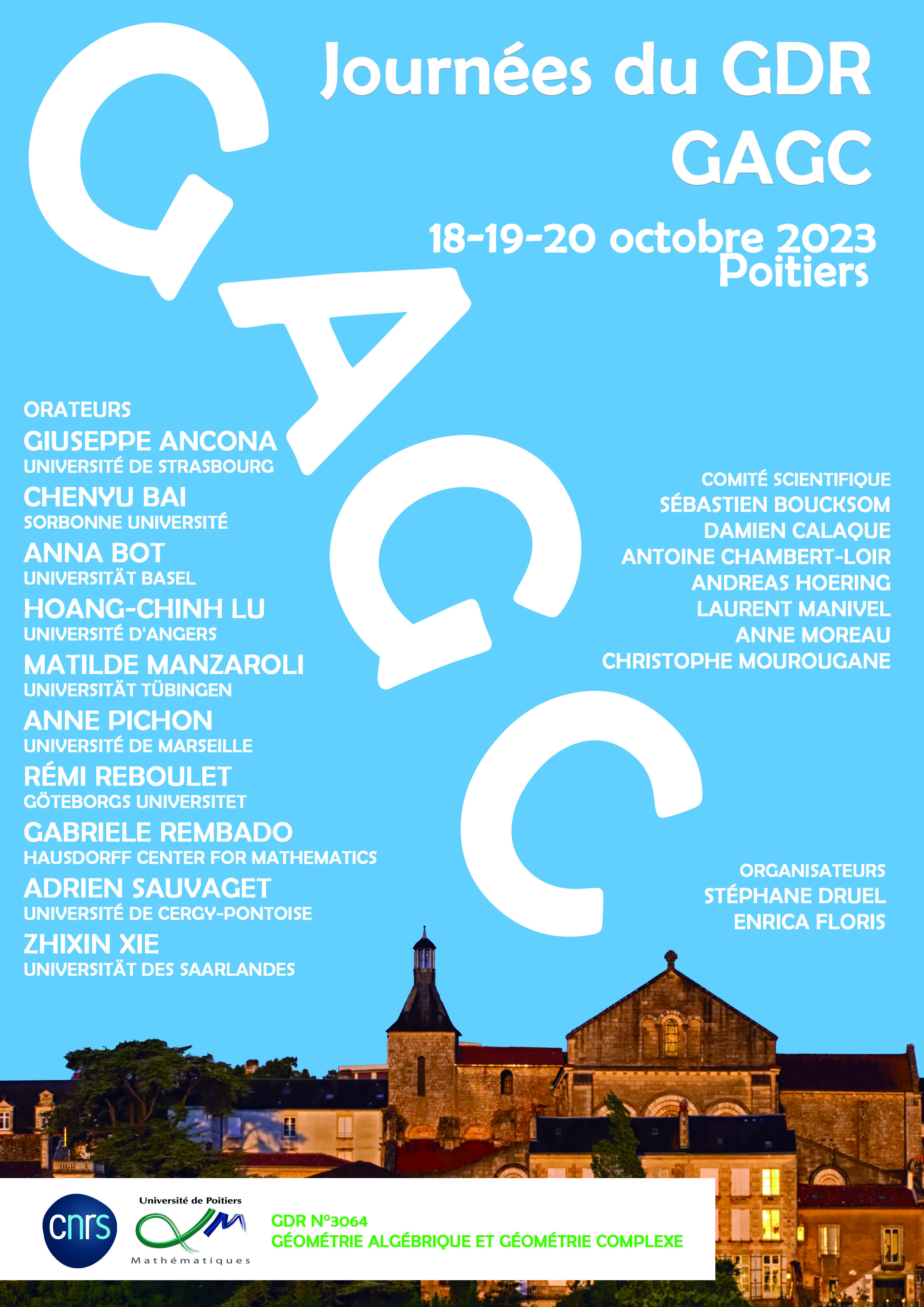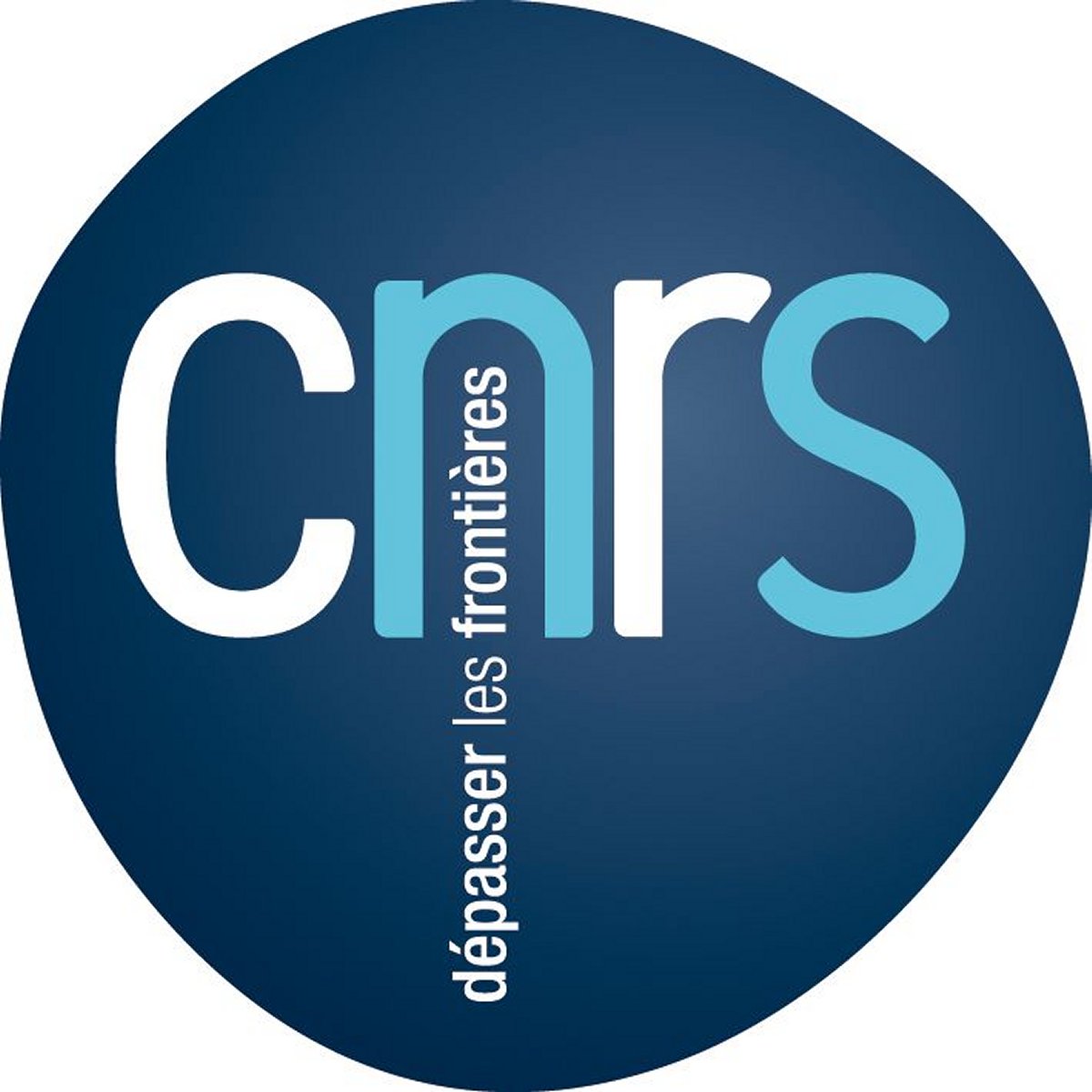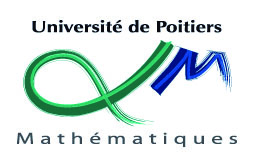|
Lefschetz standard conjecture for some lagrangian fibrations
The Lefschetz standard conjecture predicts the existence of some specific algebraic classes on the square of an algebraic variety, namely the inverse of the Lefschetz operator should be induced by an algebraic correspondence. We will show this conjecture for the hyper-kähler varieties constructed by Laza-Saccà-Voisin. This will be a special case of a general criterion which will tell that hyper-kähler varieties admitting lagrangian fibrations « of Ngô type » satisfy this conjecture.
I will start by recalling the conjecture and the known results.Then I will discuss how the conjecture behaves under fibration and explain why several difficulties appear. Finally I will explain why in the setting of lagrangian fibrations these difficulties can be treated. A crucial input is Ngô's support theorem, which I will recall as well.
This is a joint work with Mattia Cavicchi, Robert Laterveer and Giulia Saccà.
Measures of Irrationality of Projective K3 Surfaces
My presentation will delve into the realm of measuring the degree of irrationality, fibering gonality, and fibering genus of projective K3 surfaces with Picard number 1. By exploring these measures, we gain insights into the anticipated asymptotic behaviors of these attributes for projective K3 surfaces in this category.
A smooth complex rational affine surface with uncountably many nonisomorphic real forms
A real form of a complex algebraic variety X is a real algebraic
variety whose complexification is isomorphic to X. Many families
of complex varieties have a finite number of nonisomorphic real
forms, but up until recently no example with infinitely many had
been found. In 2018, Lesieutre constructed a projective variety
of dimension six with infinitely many nonisomorphic real forms,
and last year, Dinh, Oguiso and Yu described projective rational
surfaces with infinitely many as well. In this talk, I'll present
the first example of a rational affine surface having uncountably
many nonisomorphic real forms.
Monge-Ampère volume
We define and study two geometric objects attached to a compact complex manifold: the lower and upper bounds for Monge-Ampère volumes of quasi-plurisubharmonic functions. We prove that having Monge-Ampère volumes uniformly bounded from above and/or below is metric-independent and bimeromorphic invariant. As an application, we give an answer to a conjecture of Demailly-Paun saying that a nef class with positive intersection number contains a Kähler current. This is a joint work with Vincent Guedj.
Topology of totally real degenerations
In this talk, we study the topology of totally real semi-stable
degenerations. The main result is a bound for the individual Betti
numbers of a smooth real fiber in terms of the complex geometry of the
degenerated fiber. The main ingredient is the use of real logarithmic
geometry, which makes it possible to study degenerations that are not
necessarily toric, and therefore to go beyond the case of smooth
tropical degenerations, studied by Renaudineau-Shaw. This is a work in
collaboration with Emiliano Ambrosi.
Lipschitz geometry of complex analytic germs
Let (X,0)⊆ (ℂn,0) be a germ of analytic set. For all sufficiently small ε >0 the
intersection of X with the sphere S2n-1ε of radius
ε about 0 is transverse, and X is locally ''topologically conical'', i.e., homeomorphic to the cone on its link
Lε=X∩ S2n-1ε. However, it is in general not metrically conical: there are parts of the link Lε with non-trivial topology which shrink faster than linearly when ε tends to 0. A natural problem is then to build classifications of the germs up to local bi-Lipschitz homeomorphism, and what we call Lipschitz geometry of a singular space germ is its equivalence class in this category.
There are different approaches for this problem depending on the choice of the metric. A germ (X,0) has actually two natural metrics induced from any embedding in ℂn with a standard euclidean metric: the outer metric is defined by the restriction of the euclidean distance, while the inner metric is defined by the infimum of lengths of paths in V.
I will give an introductive talk on the topic and review some of the recent results on Lipschitz classifications of complex germs. Some of these results are joint works with Lev Birbrair and Walter Neumann.
I will also present a recent logarithmic version of the link of a complex analytic germ which is equipped with an ultrametric. This non-archimedean object reflects the behavior of the inner and outer metrics of the germ and it enables to describe its Lipschitz geometries through some decompositions of the logarithmic link into ultrametric balls. This last part is a work in progress with Lorenzo Fantini and Walter Neumann.
Transcendental Okounkov bodies and toric degenerations
It is a well-known fact, dating back to the work of Atiyah--Guillemin--Sternberg, that there exists a correspondence between Delzant polytopes in ℝn and polarised toric projective varieties (X,L) of dimension n. A generalisation of one direction of this construction, the Okounkov body, associates to any pair (X,L) (without assuming existence of any group action, and with L possibly being big rather than ample) a convex body in ℝn that captures the volume of L. We prove an open conjecture stating that a similar construction also holds on Kähler manifolds endowed with a big cohomology class, generalising prior work of Deng from surfaces to manifolds of arbitrary dimension. In this talk, I will give an informal introduction to these topics and our result, and explain a new geometric interpretation of these convex bodies based on the construction of toric degenerations of Kähler manifolds. This is joint work with T. Darvas, D. W. Nyström, M. Xia, and K. Zhang.
Meromorphic connections and wild mapping class groups
Moduli spaces of holomorphic connections on principal/vector bundles over Riemann surfaces have a rich geometric structure: they are complex symplectic manifolds, and their monodromy data lead to the standard character varieties. Moreover, as certain natural deformation parameters are deformed, they assemble into local systems over the space of deformation parameters, bringing about actions of the mapping class groups.
(After quantisation, such objects are relevant to the mathematical formalisation of quantum field theory with gauge/conformal symmetries.)
In this talk we will aim at a review of part of this story, and then present a generalisation for moduli spaces of meromorphic connections with arbitrary singularities. These are still complex symplectic manifolds, leading to wild character varieties and (after deformation) to actions of new wild mapping class groups.
This is joint work with P. Boalch, J. Douçot, G. Felder, M. Tamiozzo and R. Wentworth.
Isomonodromic foliations and Witten-Kontsevich theorem
The psi-classes are cohomology classes that occur naturally in moduli spaces of curves. Witten suggested a conjectural approach to calculate them, which was later proven by Kontsevich (1992). Various proofs of this theorem have been presented over time. Here, I will present a new proof that relies on the existence of isomonodromic deformations on surfaces with cone singularities, or, alternatively, on the existence of isomonodromic foliations on moduli spaces of cone surfaces.
Cones of divisors on ℙ3 blown up at eight very
general points
Let X be the blowup of ℙ3 at eight very general
points. Then X is a smooth projective threefold whose anticanonical
divisor is nef but not semiample. In this talk we describe explicitly
the cone of nef divisors and the cone of effective divisors on X.
Moreover, we show that a certain Weyl group acts with a rational
polyhedral fundamental domain on the effective movable cone of X. This
is joint work with I. Stenger.
|


